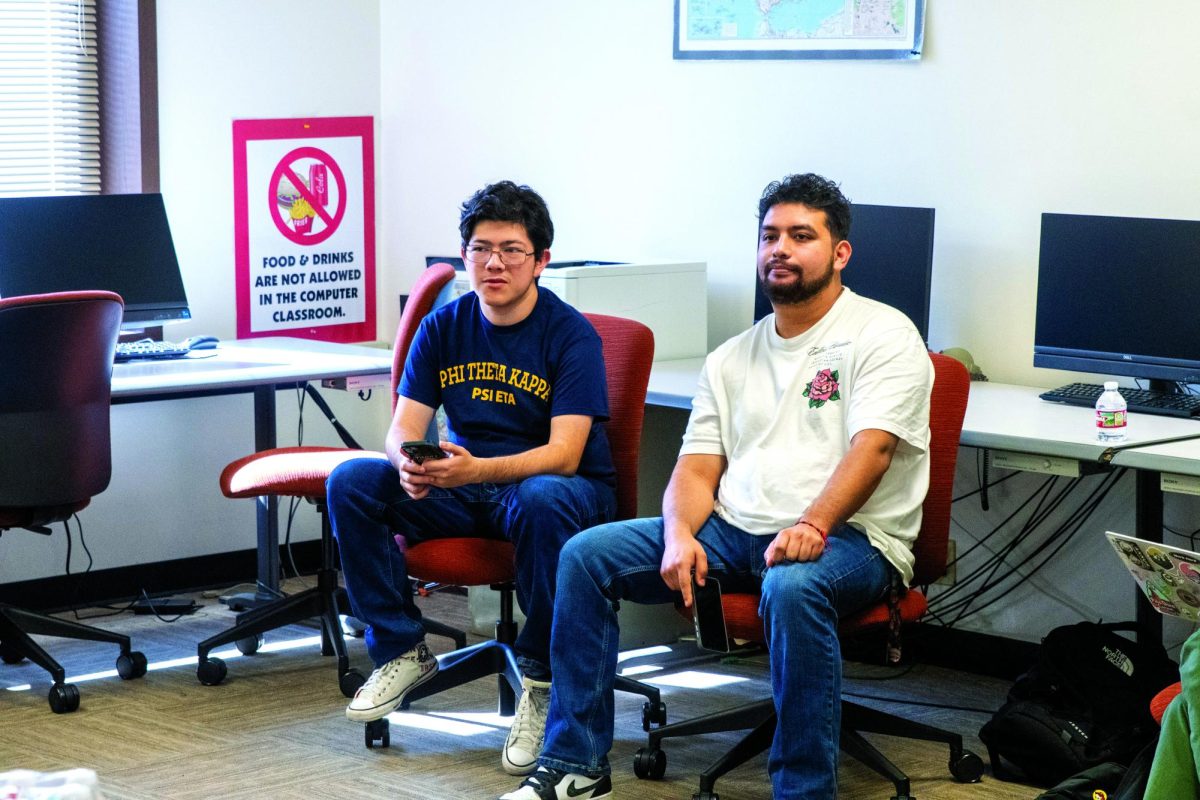By J. Gomez
Transferring from a community college to a university can be an overwhelming process for students, but planning ahead, meeting with advisers and making use of resources can help shape your own private path as you transition from Eastfield to a four-year school.
Planning ahead is imperative because transfer stipulations vary from university to university. Choose classes wisely and verify that classes taken at Eastfield are transferrable to a university, academic adviser/transfer liaison Elisa Garcia said.
“It’s important to identify what institution you want to transfer to because they all have different requirements,” she said.
“But to get into the school of business or to get into the nursing program you have to have a higher GPA, you have to have certain courses under your belt other than some of the core classes.”
Students who set goals early in their academic careers often avoid squandering time with classes that will not help them achieve their educational objectives promptly.
Meeting with an academic adviser each semester can help you stay focused and aid progression toward academic success.
Garcia said she encourages students to make appointments with her so they can review application, financial aid and scholarship deadlines.
Veterans Affairs academic advisor Anastasia Lankford recommends looking at the requirements in four-year schools’ programs when choosing electives to incorporate into an associate’s degree plan.
“Print out the programs for UTA, UTD and UNT, take a look at what classes are required,” Lankford said. “Take a look at what lines up in Eastfield’s … program and take a look at what the other three programs are wanting.”
Transfer requirements can be found on the universities’ websites or from the Eastfield’s academic advising office.
Lankford urges transferring veterans to contact a university’s veteran center when exploring schools because they can smooth the transition with other departments.
At the University of Texas at Dallas, for example, students with 42 or more credits and a minimum GPA of 2.7 would be admitted to the school. But admittance to a university does not guarantee acceptance to a specific field of study.
Another resource for transfer students is Eastfield’s Office of Student Engagement and Retention. One of OSER’s projects is an online database of transfer information, Completion Center coordinator Philip Bueno said.
“Students will have the ability to say ‘OK, I’m thinking about transferring to a university here in Texas’ and they will be able to click on there and see all university deadlines for applications, scholarships and all that stuff,” he said.
The database is scheduled to be online by fall.
The DCCCD website also has links to transfer guides for many Texas universities.
Four-year schools occasionally offer transfer trips, taking students by bus to their schools for tours and meetings with admissions officers and academic advisers. The schools often waive admission fees for trip participants.







